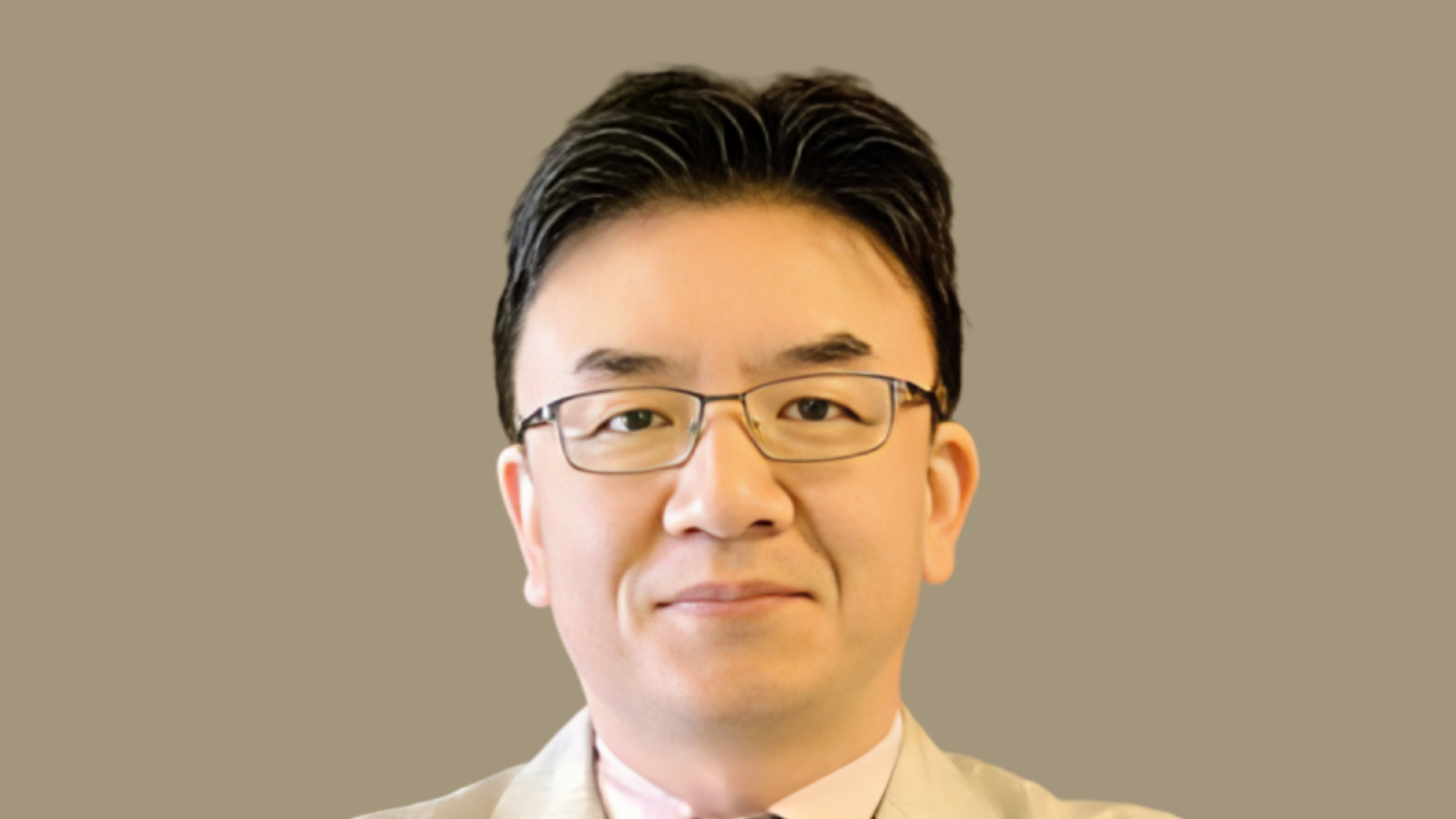John Simmerling, Chief Science Officer at Biomedical and Healthcare Technology Solutions Group, shared a post on LinkedIn:
“From Jack (Jie) Huang MD, PhD, we learn about strategies to reduce T-cell exhaustion in targeted immunotherapies:
A recent study published in Cell by the laboratories of Luca Gattinoni at the Leibniz Institute for Immunotherapy and Shiladitya Sengupta at Harvard Medical School demonstrated that the transfer of mitochondria from bone marrow stromal cells to T cells via TNTs significantly enhanced CD8+ T cell mitochondrial function.
This mitochondrial enhancement improved T cell proliferation, infiltration, and efficacy in the TME, overcame T cell exhaustion, and significantly enhanced antitumor activity.
This finding highlights the potential of mitochondrial transfer as a transformative strategy for cell therapy, providing a promising direction for advancing ACT in solid tumors.
And from XVIVO, Scientific Animation, and Harvard University, we can watch the video they produced together to teach about the mighty mitochondria – and see why mitochondrial transfer strategies hold such promise in reducing T-cell exhaustion.
Proceed to the video attached to the post.
James P. Crowley, Professor of Medicine emeritus at Brown University, also shared a post on LinkedIn:
“A recent study published in Cell by the laboratories of Luca Gattinoni at the Leibniz Institute for Immunotherapy and Shiladitya Sengupta at Harvard Medical School demonstrated that transfer of mitochondria from bone marrow stromal cells to T cells via TNTs significantly enhanced CD8+ T cell mitochondrial function.
This mitochondrial enhancement improved T cell proliferation, infiltration, and efficacy in the TME, overcame T cell exhaustion, and significantly enhanced antitumor activity.
This finding highlights the potential of mitochondrial transfer as a transformative strategy for cell therapy, providing a promising direction for advancing ACT in solid tumors.
The Warburg effect has apparently moved to the TME now. Best wishes in efforts to decipher the mitochondrial elements.”
John Simmerling is the Chief Science Officer at the Biomedical and Healthcare Technology Solutions Group. Previously, he served as Chief Science Officer for the Infectious Disease Biotechnology Organization.
His career includes leadership roles such as Senior Business Development Manager for Precision Medicine in Oncology at Philips and Regional Vice President and Subject Matter Expert in Medical and Radiation Oncology Pathways at NantHealth.
James P. Crowley is a Professor of Medicine Emeritus at Brown University and serves as a volunteer physician at the Rhode Island Free Clinic. He has held leadership positions in the medical community, including past President of the Rhode Island Medical Society and the last President of The Providence Medical Association.
More posts featuring John Simmerling and James P. Crowley.
